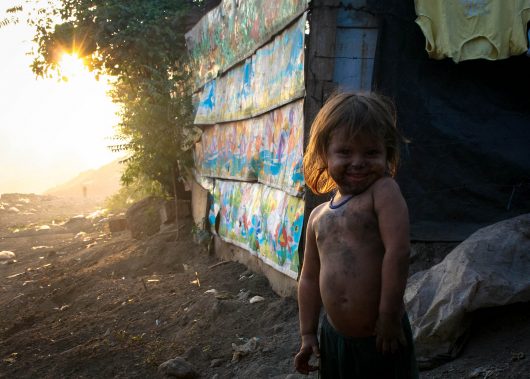Poverty in Nicaragua: Causes and Progress

Nicaragua is the poorest country in Central America. Rural poverty is a large portion of all poverty in Nicaragua. With a total population 6 million, 1.5 million of the rural populations are impoverished. Many factors contribute to the high rate of poverty, including political instability, natural disasters and lack of education. However, the government is implementing changes to improve the lives of impoverished Nicaraguans.
Political History
The Somoza family governed Nicaragua from 1930-1979. During this time, the unequal distribution of wealth left the majority of Nicaraguans in poverty. The Somozas allowed foreign companies to use Nicaraguan land and labor to make a profit off of agricultural crops and resources. With little government regulation, companies were able to keep wages low and deny their employees benefits.
In 1980, the Sandinistas National Liberation Front replaced the Somoza family. That same year civil war broke out between the Sandinistas and the Contras, a U.S. backed anti-communist group. The U.S., along with other countries, withdrew foreign investment and aid as well as halted trade with Nicaragua because they perceived the Sandinista government as a Communist threat. This put a strain on the economy since Nicaragua’s economy depends on agricultural exports.
Finally, in 1990 the civil war ended with the election of Violeta Chamorro. However, Nicaragua would continue to endure high rates of poverty caused by years of revolution and war.
Costly Natural Disasters
Nicaragua constantly endures hurricanes, floods and earthquakes that leave many individuals destitute. The 1972 Nicaraguan earthquake killed between 3,000 and 7,000 people and left 250,000 homeless. Hurricane Mitch caused severe rainfall in Nicaragua which left 750,000 homeless. It destroyed schools, crops and livestock. The damages totaled to over a billion dollars.
In response to the destruction from these disasters, government agencies and organizations like the Nicaraguan Red Cross created educational campaigns to inform Nicaraguans on how to prepare for natural disasters. They also distributed pamphlets and emergency phone numbers.
Local communities are also making natural disaster preparation a priority. Teachers on the Caribbean Coast of Nicaragua, one of the poorest regions in the country, along with the Neighborhood Committee for Prevention, Mitigation and Disaster Response organized the School Safety Brigade. Children in the brigade are taught first aid, rescue and evacuation.
Education Reconsidered
Lack of education is also an issue in Nicaragua. Primary school is free and mandatory, but schools are often located far away from rural areas and are underfunded. The government only pays teacher salary, training and some school repairs. Therefore, school supplies and transportation become the parent’s responsibilities.
Often, children of poor families are removed from school and put to work or are forced to drop out because parents cannot afford the cost. According to the Education Policy Data Center, 37 percent of Nicaraguans ages 15-24 have not completed their primary education. Of that percentage, 28 percent live in rural areas.
To address educational issues, the Nicaraguan government created a plan that includes facilitating access to primary schools, especially to rural households, assuring completion of primary and secondary school and improving the quality of education. Funds from the U.S., European Union and the World Bank helped remodel schools and provide new textbooks and supplies.
Future of Nicaragua
Nicaragua has come a long way since the government of Somoza and the violent civil war. Nicaragua has shown promising improvements in the past few years specifically in addressing the problem of rural poverty such by increasing access and funding to schools so poor children can attend and helping citizens prepare for earthquakes and hurricanes that can potentially destroy farms. However, 29.6 percent of the population still lives under the national poverty line. Therefore, much still has to be done to minimize poverty in Nicaragua.
– Karla Umanzor
Photo: Flickr
